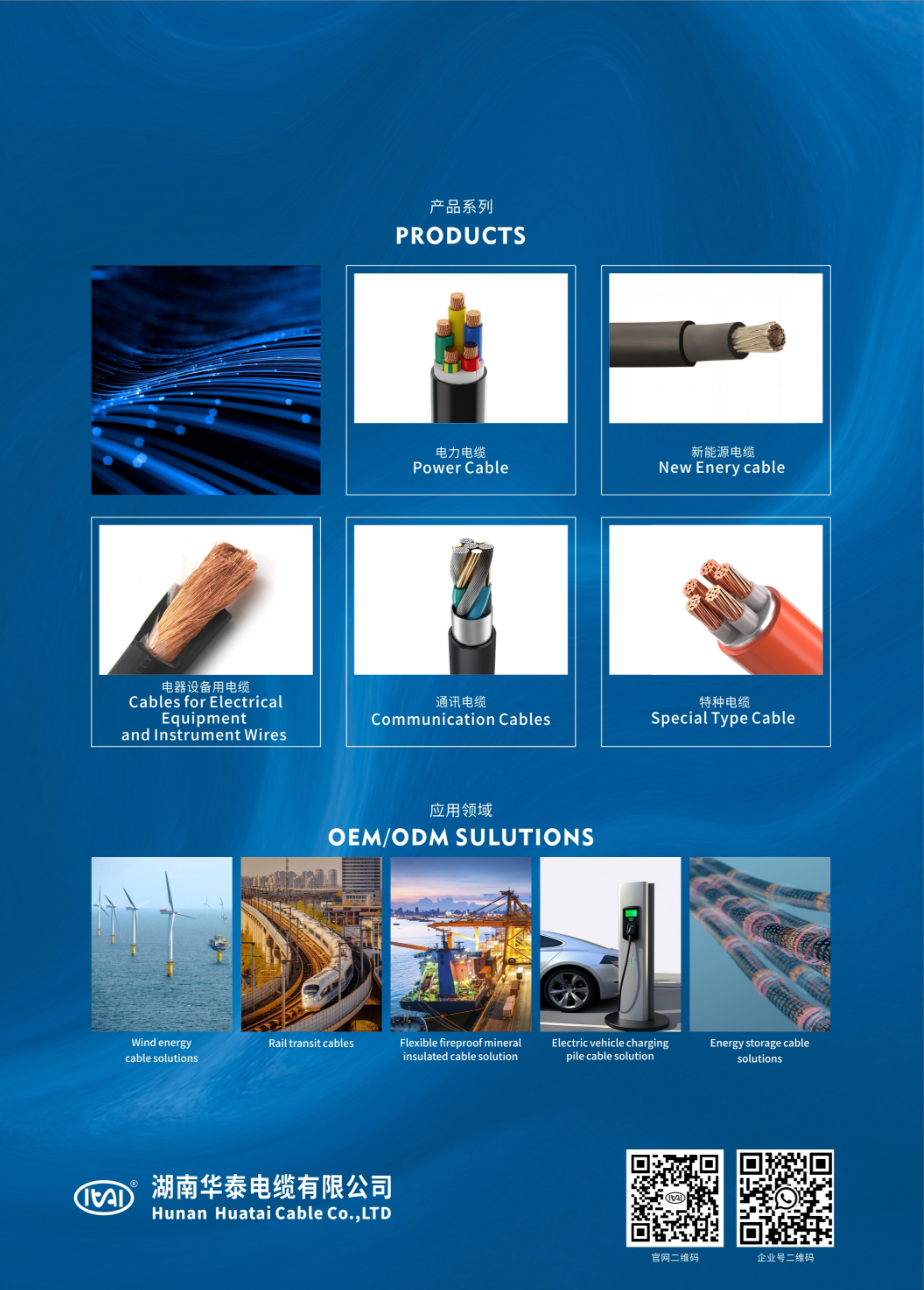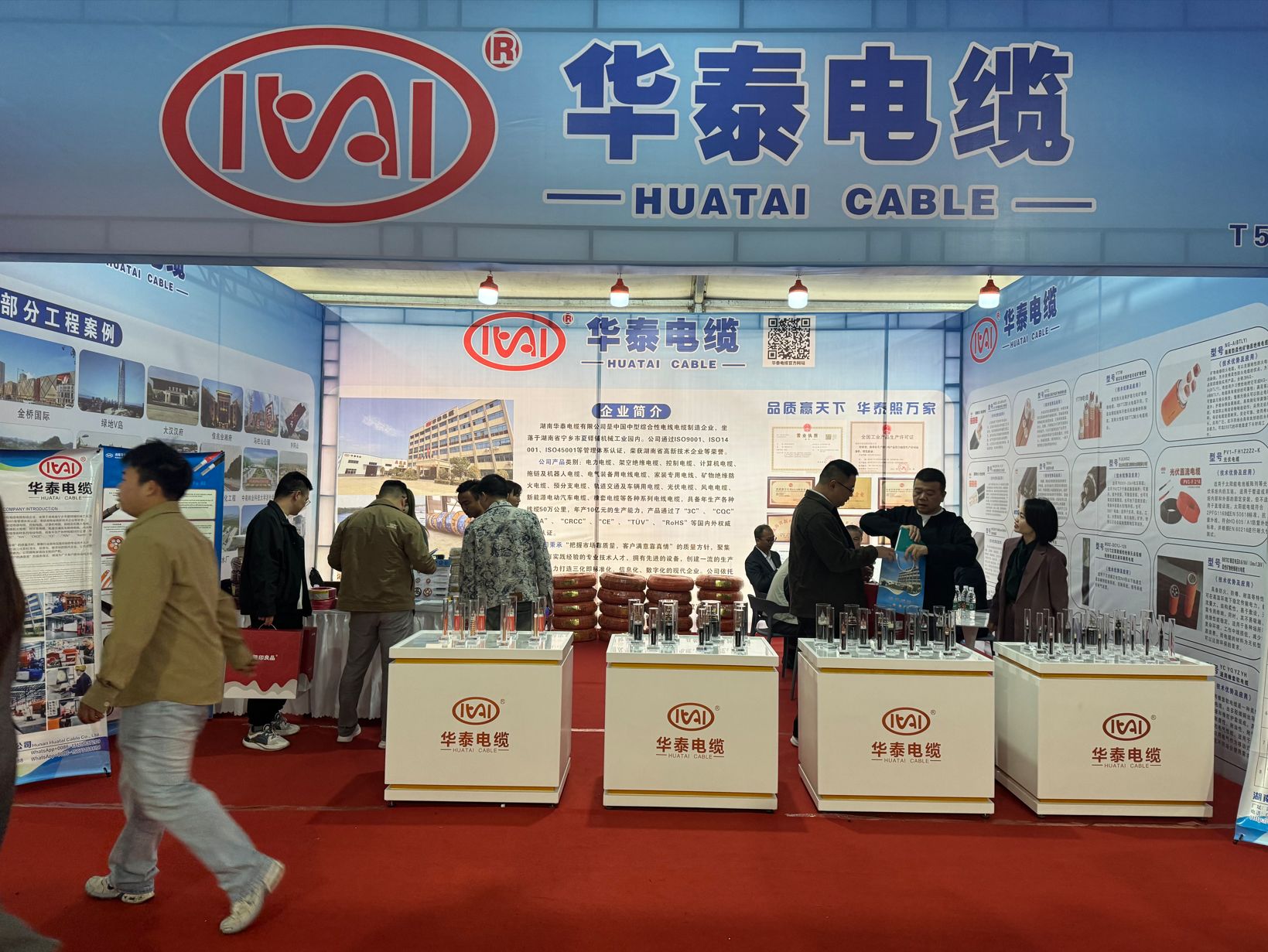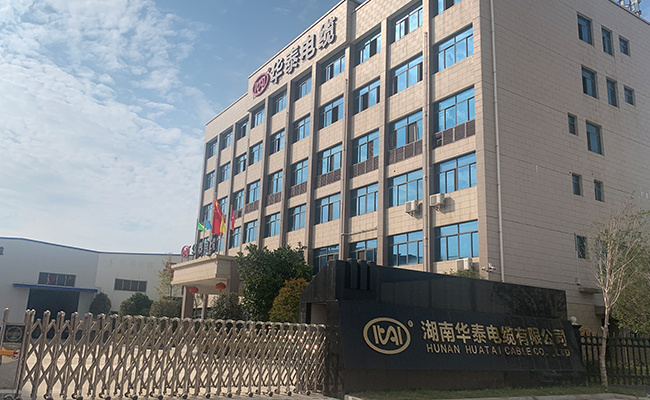Irradiated cross-linked cables
Time of Release:
2022-11-26
Source:
Author:
In 1960, Rachem developed irradiated cross-linked cables. This method does not require the addition of a cross-linker. In the early fifties, the United States had discovered the use of radioactive isotopes, reactor waste, the reactor irradiation itself, and the energy of electron accelerators to crosslink polyethylene. It was later found that only the high-energy rays produced by electron accelerators had sufficient intensive irradiation power and use efficiency, and could be used in wire and cable manufacturing.
Irradiation is the use of high-energy particle rays (such as β rays) to irradiate a linear molecular polymer, opening several free groups on its chain, referred to as contacts. The contacts are very active and can cross-connect two or several linear molecules. Irradiation crosslinking is generally suitable for low-voltage cables with thin insulation thickness. Its main advantages are:
(1) Fast production speed and small space occupation;
(2) There are many types of materials that can be processed, such as PE, PVC, CPE, PP, almost all polymers, and there are many varieties of products;
(3) The product has better heat resistance, wear resistance and higher electrical properties; Flame retardant;
(4) Low power consumption.
But there are also some problems:
(1) Large one-time investment in equipment;
(2) The irradiation of larger section cables is uneven, and after repeated irradiation, the cable bends too many times, which is not suitable for the production of cables of 10kV and above. It is mainly suitable for electrical equipment cables, and it is also possible for smaller section cables and lkV~10kV overhead cables.
(3) Low equipment operating rate.
previous page:
Next page:
Related information







